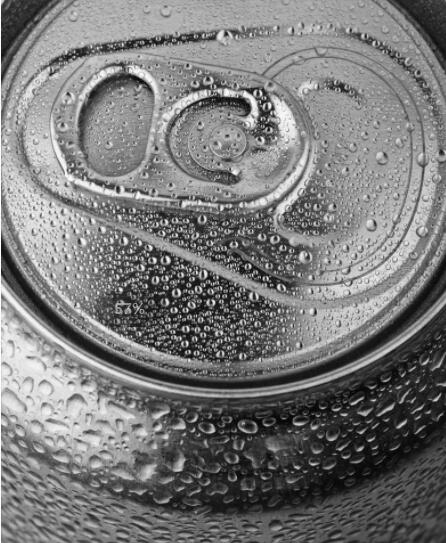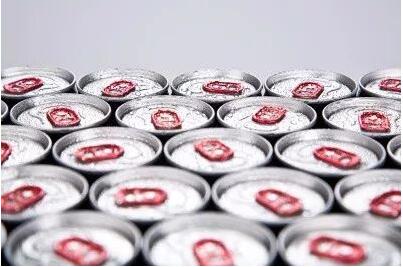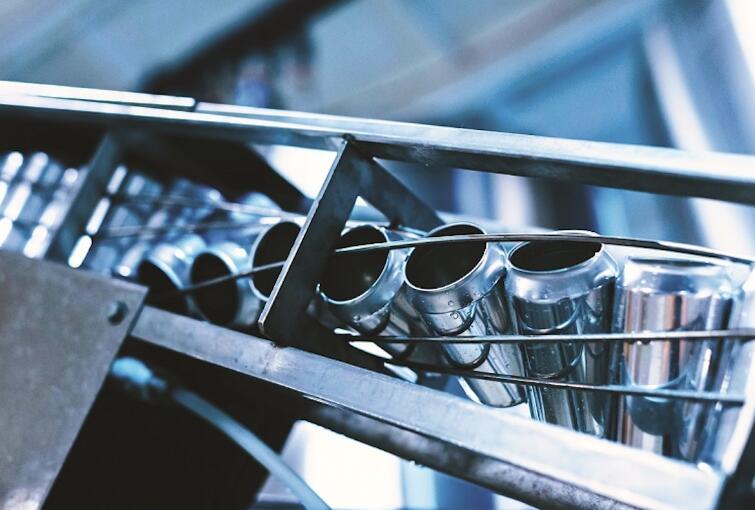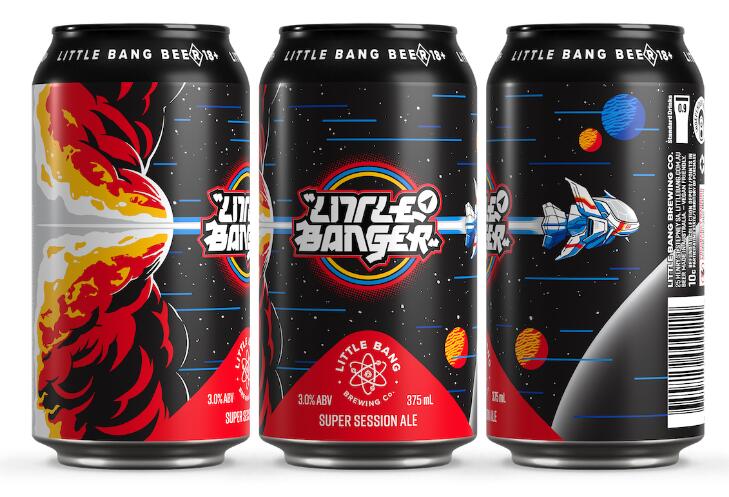The Growing Demand for Aluminum Beverage Cans with Economic Growth
Aug 29, 2023
As the global economy continues to expand, numerous industries experience a surge in demand for their products. One such industry that has witnessed a substantial increase in demand is the aluminum beverage can market. In this blog post, we will explore the reasons behind the rising demand for aluminum beverage cans in correlation with economic growth.
Economic Prosperity and Consumer Spending Power:
With economic growth, disposable incomes of consumers tend to rise. This increase in spending power translates into higher consumption rates, including the purchase of beverages and packaged goods. As consumers have more money to spend, they are more likely to opt for convenience, portability, and durability offered by aluminum beverage cans.
Shift towards Sustainability:
In recent years, there has been a significant shift towards sustainable packaging solutions. Aluminum beverage cans, being highly recyclable, have emerged as the preferred choice for environmentally conscious consumers. As economies grow, there is a greater emphasis on reducing carbon footprints and minimizing waste. Consequently, the demand for aluminum beverage cans surges, displacing less eco-friendly alternatives.
Urbanization and Convenience:
Economic growth often goes hand in hand with urbanization as cities become hubs of commerce and industrial activity. Urban lifestyles are fast-paced, and consumers demand convenient on-the-go options. Aluminum beverage cans perfectly cater to these needs by offering lightweight, portable, and easily sealable packaging. Additionally, the wide availability of canned beverages in convenience stores and vending machines further boosts their popularity.
Branding and Marketing Advantages:
Aluminum beverage cans provide an excellent platform for branding and marketing. Their smooth and printable surface allows for vibrant and eye-catching designs. The large printing area enables companies to showcase their logos, graphics, and promotional messages effectively. As economies expand, companies invest more in marketing strategies, and the visual appeal of aluminum cans becomes a valuable tool for capturing consumer attention.
Technological Advancements:
Advancements in can manufacturing technology have played a significant role in driving the demand for aluminum beverage cans. The production process has become more efficient, ensuring cost-effectiveness and higher production volumes. This scalability has enabled companies to meet the growing demand in expanding economies, further stimulating the market.
The demand for aluminum beverage cans continues to rise in tandem with economic growth for numerous reasons, including increased consumer spending power, environmental awareness, urbanization, branding advantages, and technological advancements in production. As economies prosper, the popularity of aluminum cans is expected to soar, making them an indispensable part of the packaging landscape for beverage companies seeking to meet consumer demands and contribute to a sustainable future.



